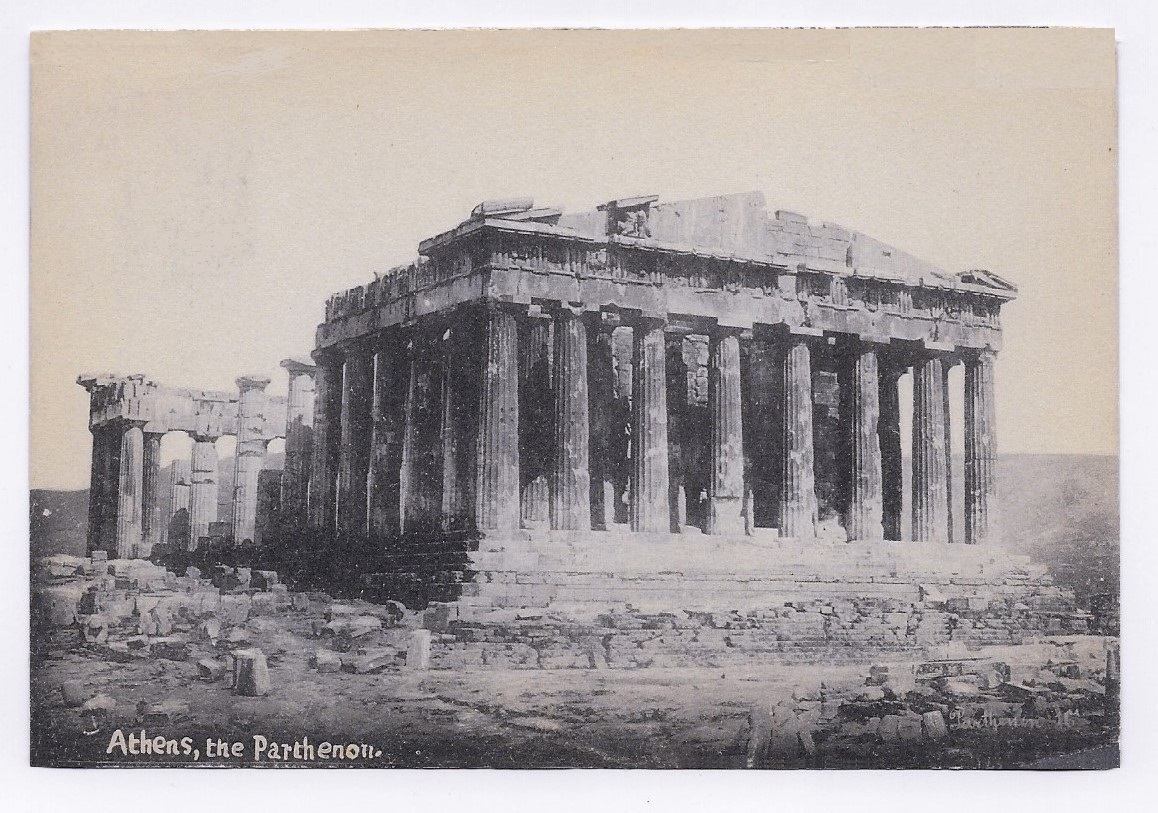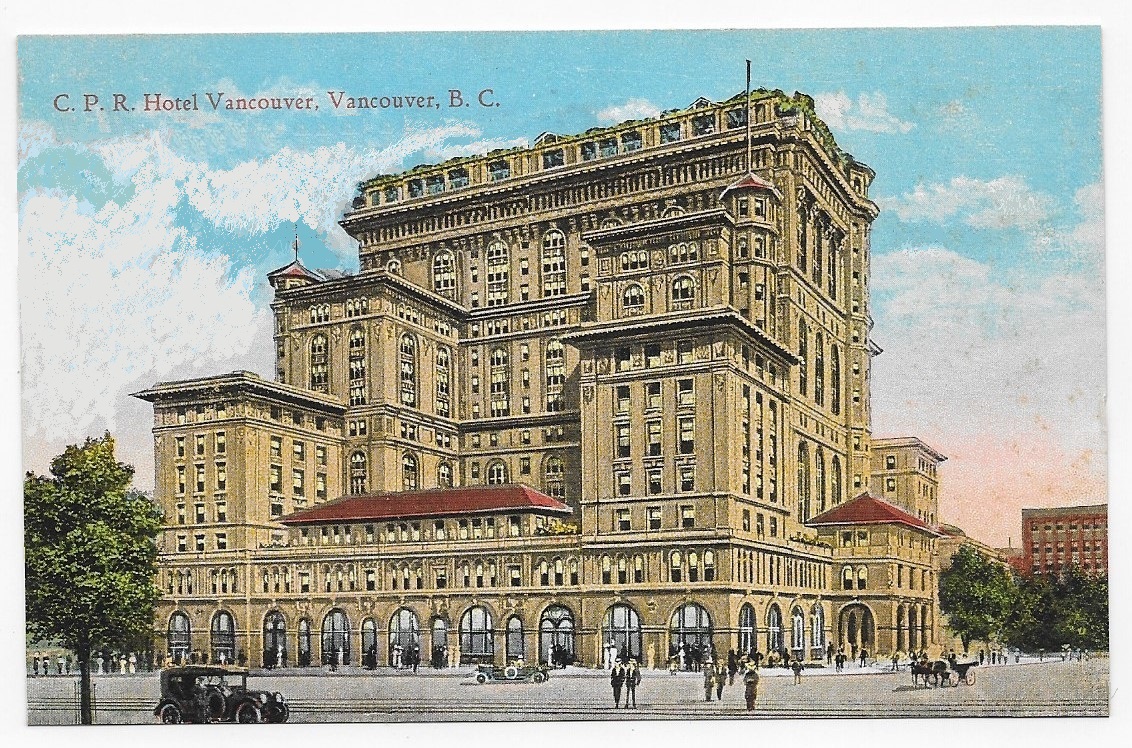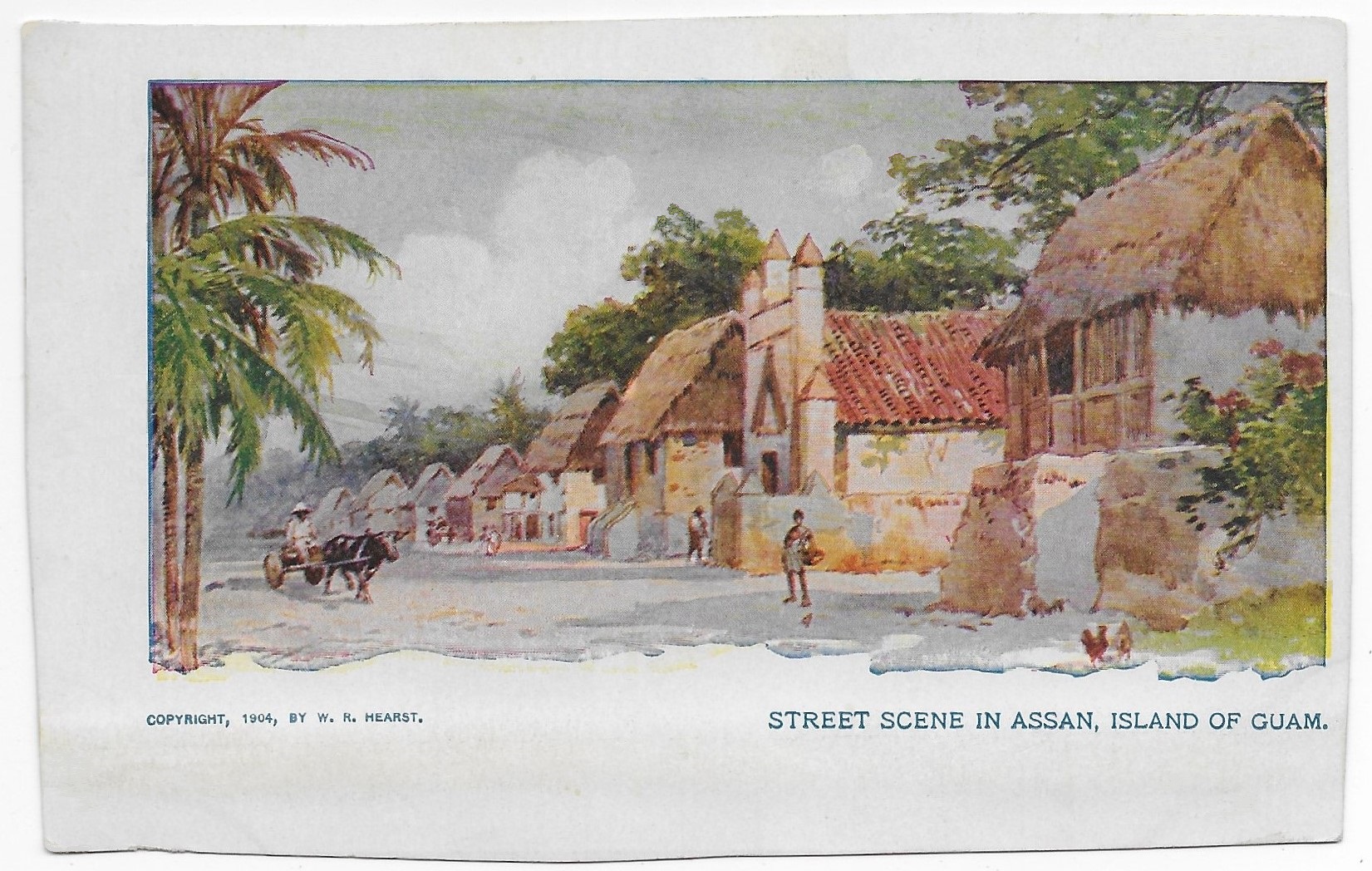
The Wide World
From Point A To Point B.
During the early years of the twentieth century, before the outbreak of the “Great War” in 1914, the numbers of Americans traveling abroad increased greatly.
Travel became more affordable for a growing middle class as the number of ocean-going liners increased each year.
Competition between the companies offering ocean-crossing voyages served to promote affordability.
The European custom of the “grand tour” of European capitals as a “finishing” of education for University students became increasingly popular with wealthy Americans.
At the same time, the great industrialists of the Gilded Age scoured Europe for art, adventure, and the patina of “civilization”.
Large numbers of postcard photographs, both black and white and hand-colored, were mailed or collected by travelers.
This selection is composed of many postcards that were addressed and mailed to friends and family members in the United States and an equal number of postcard photographs that were collected by travelers as souvenirs.
European nations, especially Germany and England, produced the finest postcards for the booming international market.
Most of the postcards of international scenes collected here were printed and published within continental Europe.
For Americans who could not travel abroad, the growth of local libraries brought postcard photographs of international monuments within reach.
The gifts of Andrew Carnegie to erect hundreds of local libraries, and the civic competition between towns and cities to promote local culture, led to an unprecedented surge in the construction of libraries.
These public institutions amassed great collections of postcard photographs from around the world.
Today, one can still find occasionally postcard photographs of European monuments that were removed from library collections as newer publications and color photographs replaced the older collection.

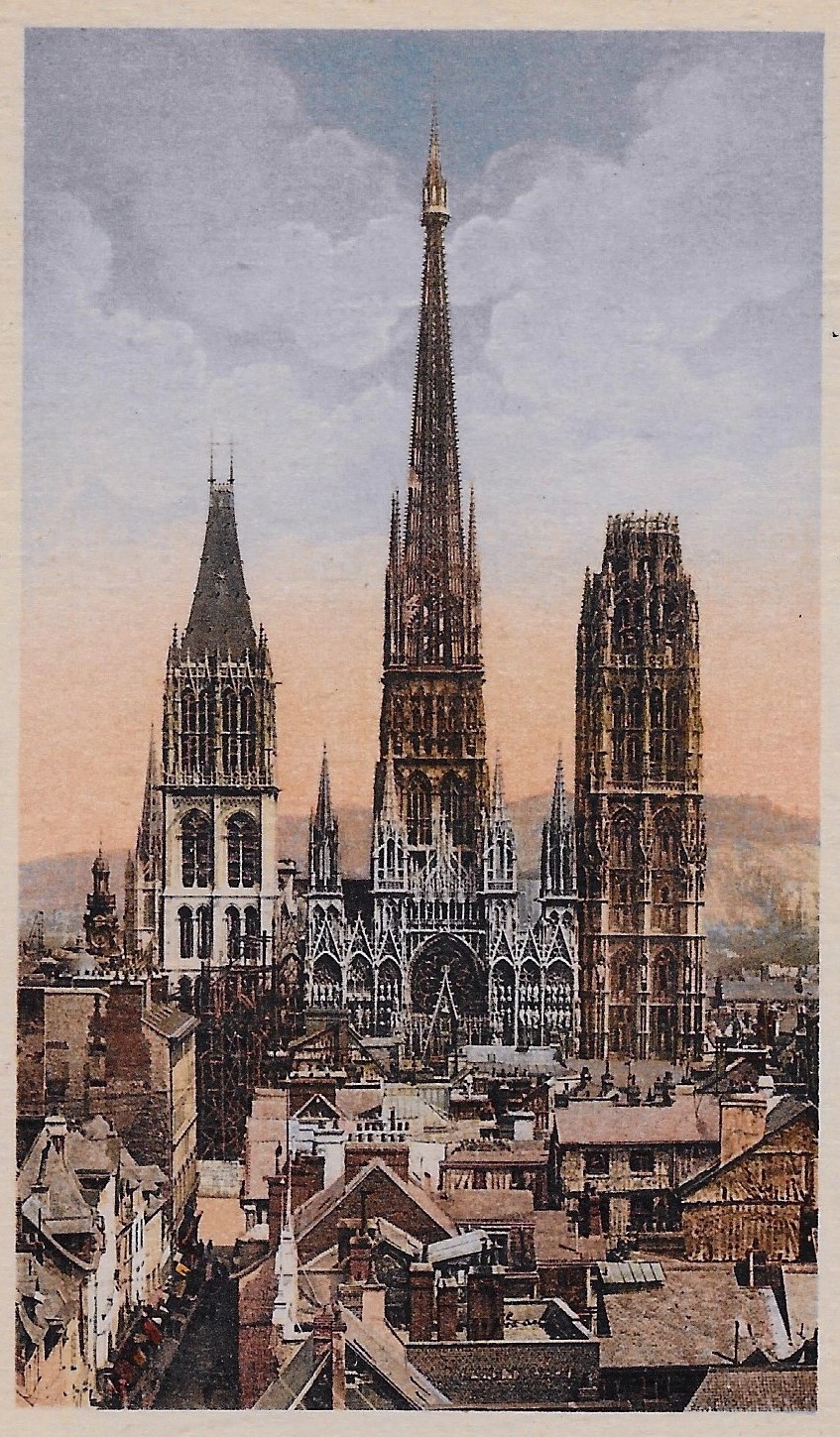
“The Cathedral of Rouen” – Souvenir Postcard (circa 1910)
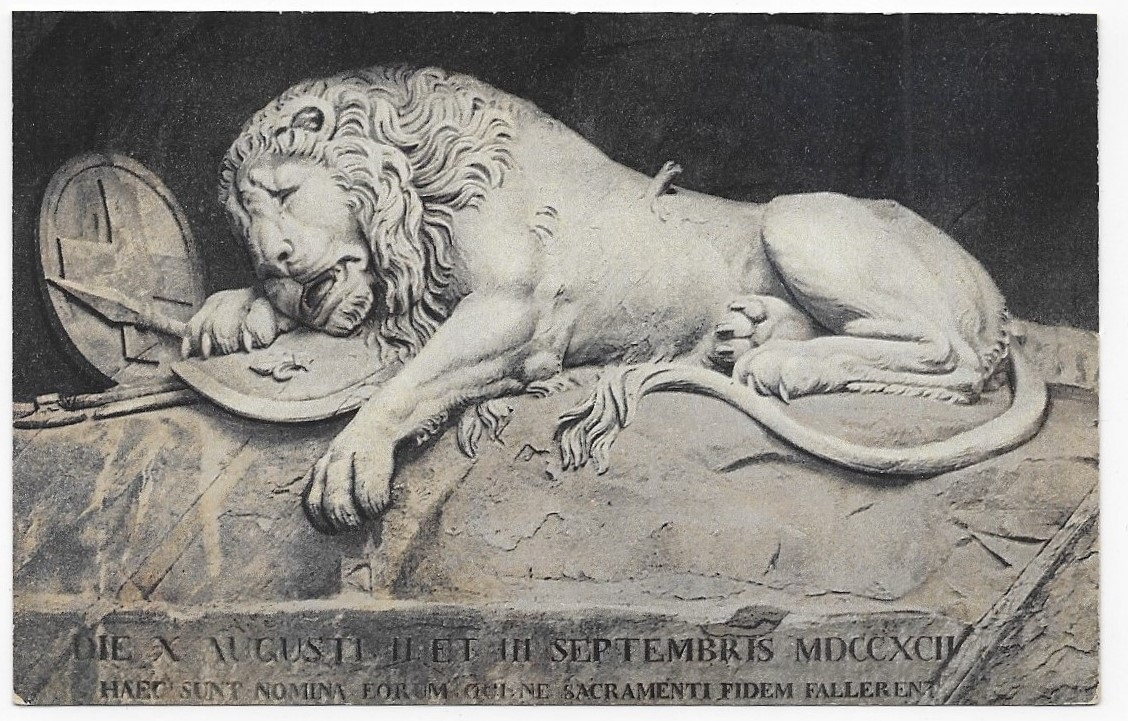
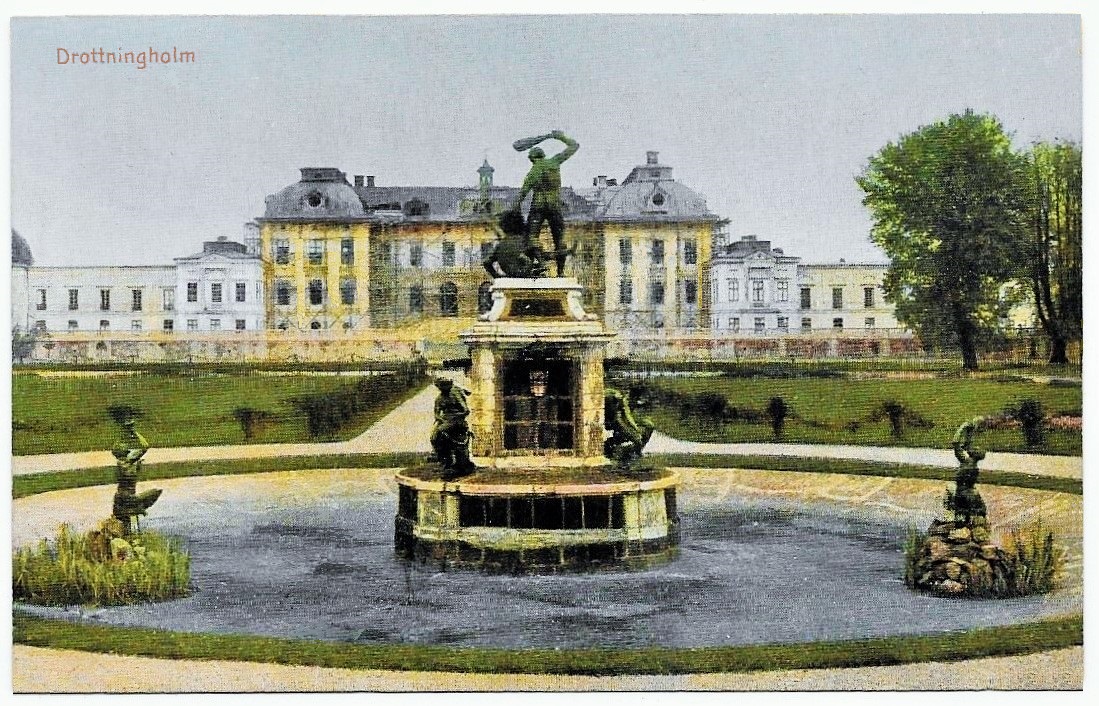
“Charles Sends a Royal Palace” – Stockholm, Sweden (1911)
